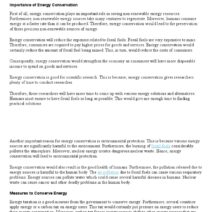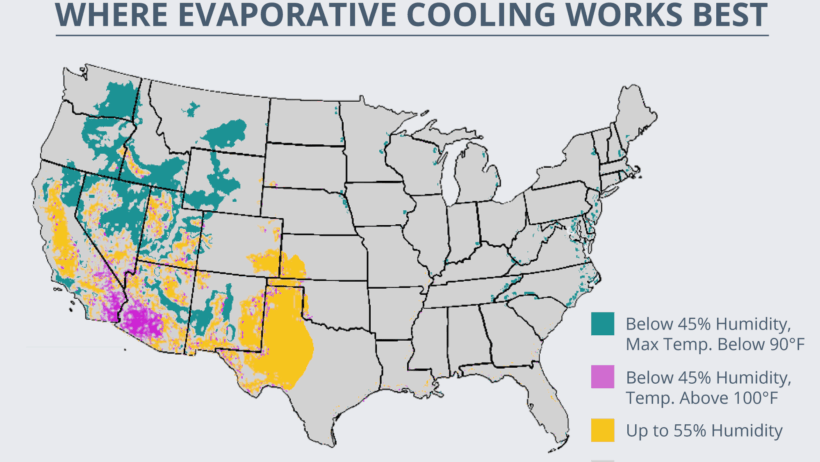When the summer sun reigns supreme, and temperatures climb as if they were trying to touch the sky, many homeowners find themselves at a crossroads: to embrace the traditional air conditioning unit or to venture into the world of evaporative cooling, often referred to colloquially as swamp coolers. While these devices have garnered a loyal following for their energy efficiency and eco-friendliness, the pertinent question remains: do swamp coolers work effectively in humid climates? This article aims to uncover the truth, delving into the mechanics, advantages, challenges, and environmental implications of evaporative cooling in moisture-laden environments.
The operation of a swamp cooler is akin to nature’s own air conditioning system, mimicking the process that occurs when a gentle breeze whistles through a stagnant pond. As warm air passes over water-saturated pads, the moisture evaporates into the air, resulting in a cooler breeze— a charming dance of water and air. Thus, it is essential to recognize the inherent reliance of evaporative coolers on relative humidity. Evaporative cooling operates best when the relative humidity is low, ideally between 20% to 50%. In these conditions, the air can absorb more moisture, allowing the unit to achieve maximum cooling efficacy.
However, introducing the swamp cooler into humid climates—where the air is already saturated with moisture—creates a conundrum reminiscent of pouring water into a glass that is already brimming. The effectiveness of evaporative coolers diminishes significantly as humidity levels soar. When the air is laden with moisture, the capacity for further evaporation decreases, rendering the cooling process less effective. This scenario can lead to a situation where, instead of a refreshing breeze, one ends up feeling a muggy discomfort, akin to wandering through a steamy rainforest rather than basking in a cooling wind.
Furthermore, when utilities are configured for high humidity, utilizing a swamp cooler may lead to adverse effects. The introduction of more humidity into an already moist environment can result in growth conducive to mold and mildew, presenting health risks and necessitating further mitigation measures. In essence, while evaporative coolers are the epitome of sustainability in arid regions, their effectiveness is severely hampered when attempting to navigate the complexities of humid climates.
However, it is crucial to emphasize that swamp coolers are not without merit in more humid environments altogether. In certain instances, users have reported satisfactory performance in conditions where humidity hovers around the lower end of the spectrum. These situations allow the cooler to function with reasonable efficiency, providing a level of comfort that traditional air conditioning units may not deliver, especially in off-grid scenarios. In regions where the summers feature fluctuating humidity levels, a swamp cooler can serve as a supplemental cooling option, providing relief during particularly arid stretches.
Furthermore, the allure of swamp coolers extends beyond just cooling properties. Their relatively low energy consumption makes them an attractive alternative to the energy-intensive air conditioners that pervade modern homes. As the ecological landscape quakes under the pressure of climate change, the call for sustainable options has never been more pronounced. The rationale behind choosing an evaporative cooler in the right climatic conditions can thus be viewed not merely as a personal preference but as a nod towards environmental stewardship.
In making a decision, it is imperative to consider the unique attributes of one’s local environment. Exploring the microclimates that may exist within a broader humid zone can unveil pockets of opportunity where evaporative cooling can shine. For example, positioning a swamp cooler in a shaded outdoor space or during evening hours when humidity and temperatures may align favorably could yield optimal results. These strategies craft a nuanced approach to utilizing these devices—the exception rather than the rule, and thus, they warrant careful contemplation.
In juxtaposition to the swamp cooler’s promise, traditional air conditioning systems hold their ground with unwavering authority in humid environments. By mechanically dehumidifying the air while simultaneously cooling it, air conditioning units offer a stalwart remedy against oppressive humidity. However, this comes at a significant cost—not just in terms of energy consumption and financial expenditure but also concerning the carbon footprint of refrigeration technologies. In light of this, the quest for sustainable cooling alternatives persists, urging a reevaluation of what comfort truly means in our modern lives.
In conclusion, the discourse surrounding swamp coolers and their efficacy in humid climates is steeped in complexity. As their functionality pivots on the principles of evaporation, the nuances of relative humidity cannot be overlooked. For those residing in arid locales, swamp coolers can emerge as a beacon of energy efficiency and sustainability. However, in climates characterized by high humidity, they may fall short, potentially giving rise to discomfort rather than relief. Ultimately, the intersection of personal circumstances, environmental awareness, and local conditions dictates the appropriateness of evaporative cooling systems. A well-considered approach can ensure that comfort does not come at the expense of our environment or health. As we navigate these challenges, the choice remains a testament to our commitment to both personal well-being and ecological integrity.





